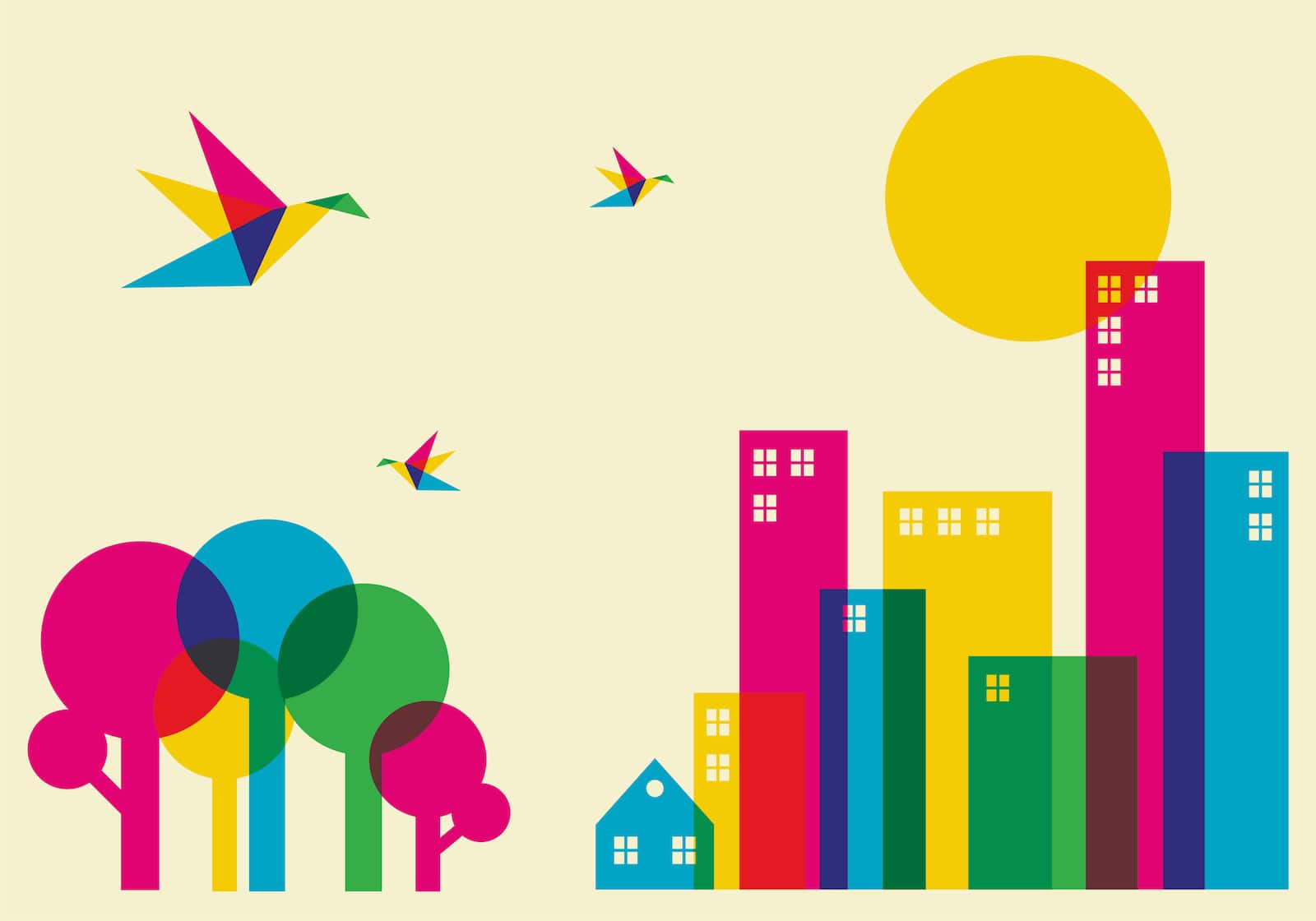“The adoption of digital technologies will change the face of cities as surely as any previous technology, whether the railway, the car or the skyscraper,” states a recent report from the Urban Land Institute (ULI). “However, rather than one huge ‘meteor strike’ impact, digital will create many individual heterogeneous changes, clustered into trends that, collectively, may have the same level of impact,” the Urban Technology Framework continues.
The Urban Land Institute is a global, member-driven organization comprising more than 40,000 real estate and urban development professionals dedicated to “providing leadership” in the responsible use of land and in creating and sustaining thriving communities worldwide. In this paper, the ULI identifies 12 key trends that combine to create new opportunities to improve our cities.
The ULI notes three factors that will drive patterns of digital change we see in cities. First, new digital technologies offer “the raw materials of digital change” by creating the platforms upon which urban services can be built. Second, urban land factors include people, organizations, buildings, and public spaces, which shape digital adoption through direct demand for services and indirect ways such as the property cycle. Third, are the business models created to apply digital technologies to urban land factors.
“The demands of people and organizations and the supply of innovative technologies are brought together by new digital organizing and business models, which provide functional and commercial mechanisms for the application of digital technologies,” states the ULI. “Uber and Airbnb are not new digital technologies; they are new digital business models that combine many technology and process elements in innovative ways to offer more efficient services and greater value to citizens.”
The ULI also plot the past and future of digital technology in the report. They mark the first wave of “digital technology” beginning in the early 1990s until 2010, including the rise of PCs and the internet. While this appears to discount the early decades of computing it does align with the birth of widespread use of digital technology by the average citizen, giving them access to the cyber-world. The rise of the Internet also brought about a global connected community which has gone on to shape societies, with direct impacts on the urban landscape through connected services, remote working and digital retail, among others.
“This is about ensuring that everyone can benefit from the fruits of globalization and that we have fair inclusive economies. The route to achieving this goal is to enhance the advancement of tech and proactively shape the future relationship between technology and society for the benefit of everyone. From social media and the gig economy to automation and AI,” said Sadiq Khan, Mayor of London, at his SxSW Keynote in March 2018.
Follow to get the Latest News & Analysis about Smart Buildings in your Inbox!

The ULI’s second wave of digital technology, from 2005 to 2020, enhanced the power of mobile and cloud computing, as well as number crunching ability through “big data” processing. A third wave, from 2010 to 2030, includes today’s breakthrough technologies; the IoT, smart machines, 3D printing, AR, VR, wearables and blockchain. In the urban setting, these technological advancements are laying the foundations for what we now call the smart city.
The report forecasts two more waves of digital technology. The next, from 2020 to 2040, includes nanotechnology, Space 2.0, androids, and the increase of digital technology in the biomedical space. Another wave, from 2030 to 2050, will bring about quantum computing and “Full AI,” according to the report.
These broadly disruptive digital technologies will be central to the future of cities, buildings, and our day-to-day lives. Their timescales, success, and impact will become clearer as we continue on this cyber-physical route towards digitally advanced cities alongside testing population and migration issues.
“Each of the key trends presents a balance of opportunities and risks for people and cities. The scale of this grows as cities become larger and denser, presenting ever-greater challenges,” says the ULI report. “The urban land community has the opportunity to shape this balance, and now needs to consider the principles that guide our decisions. These are brilliant technologies, and if we apply them with creativity, empathy, and stewardship, we have a real opportunity to improve our cities.”



